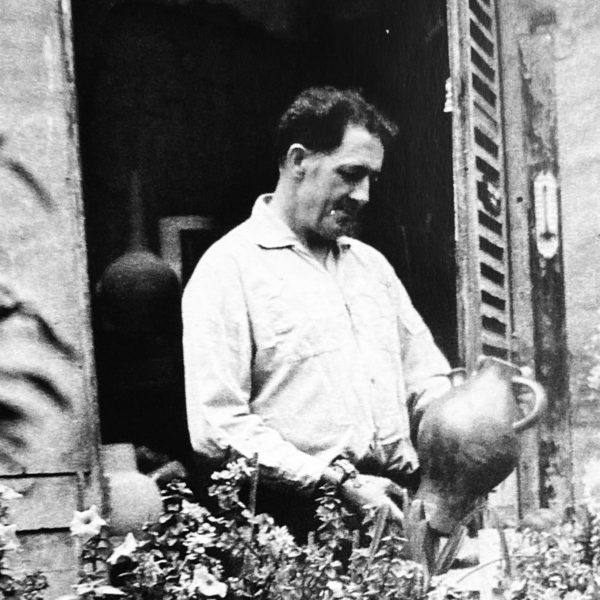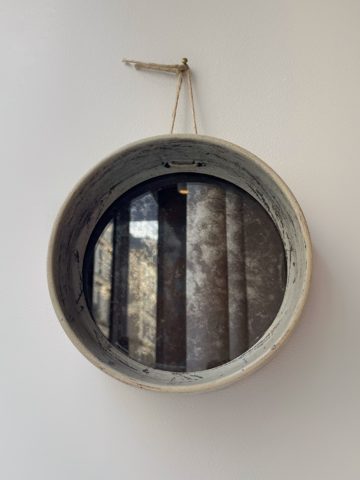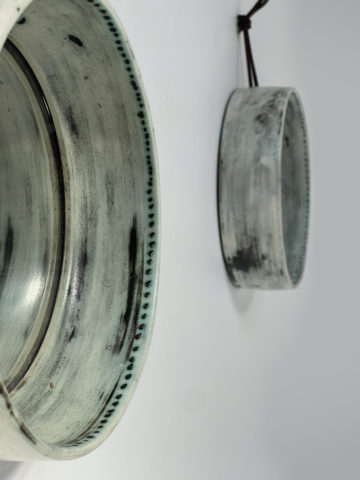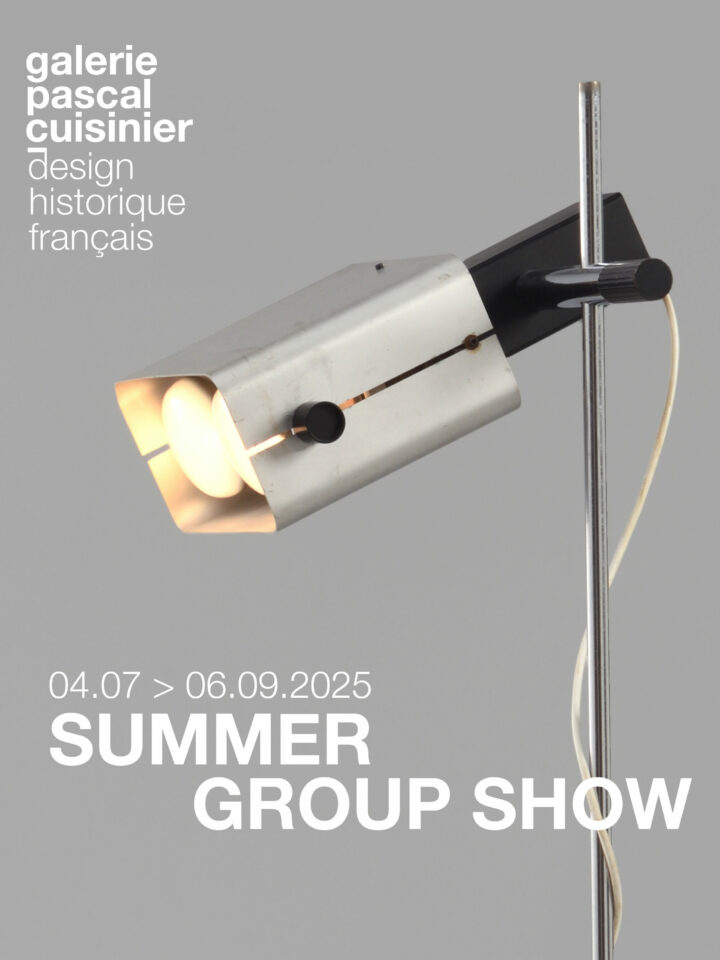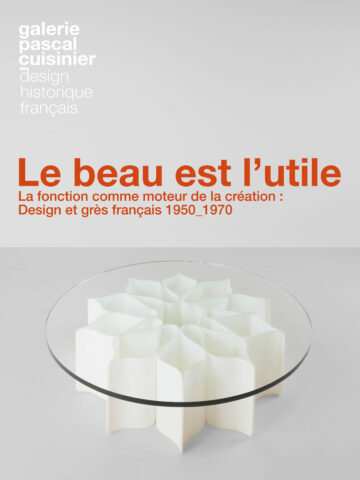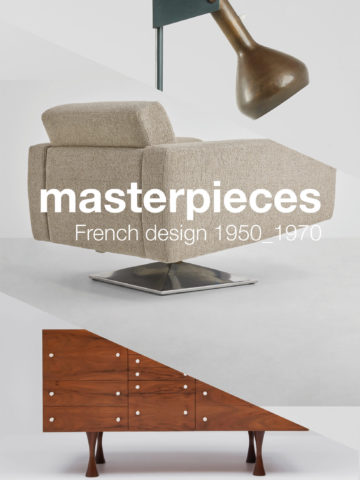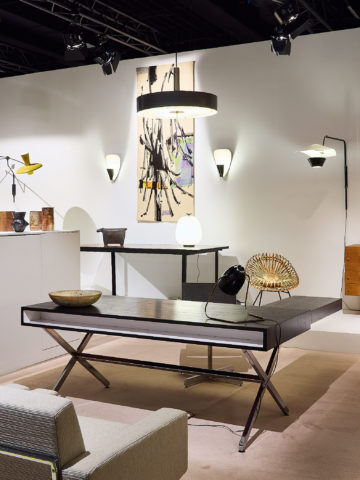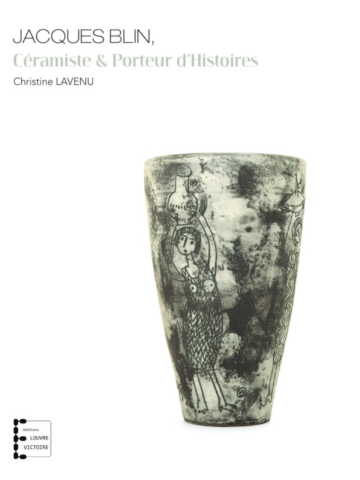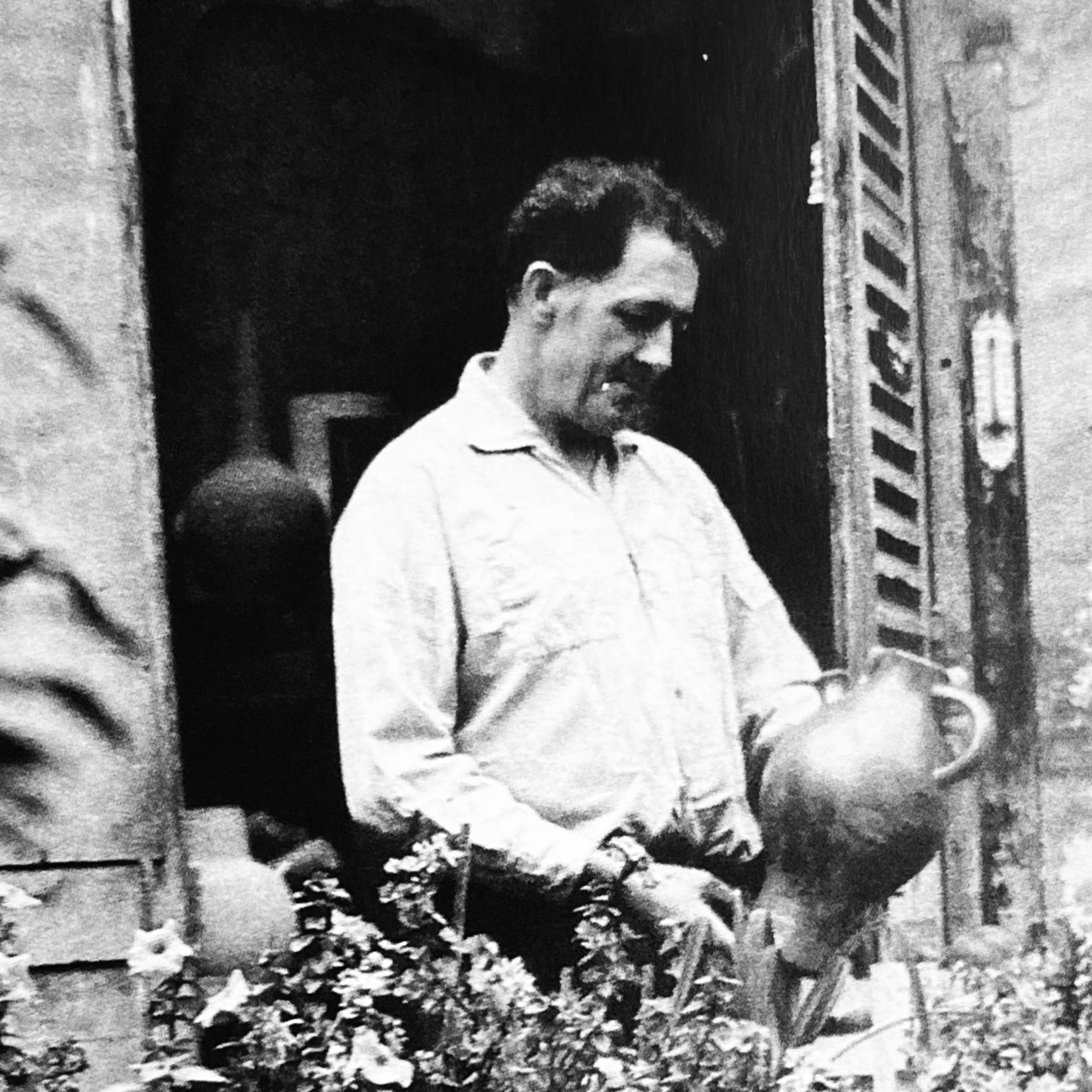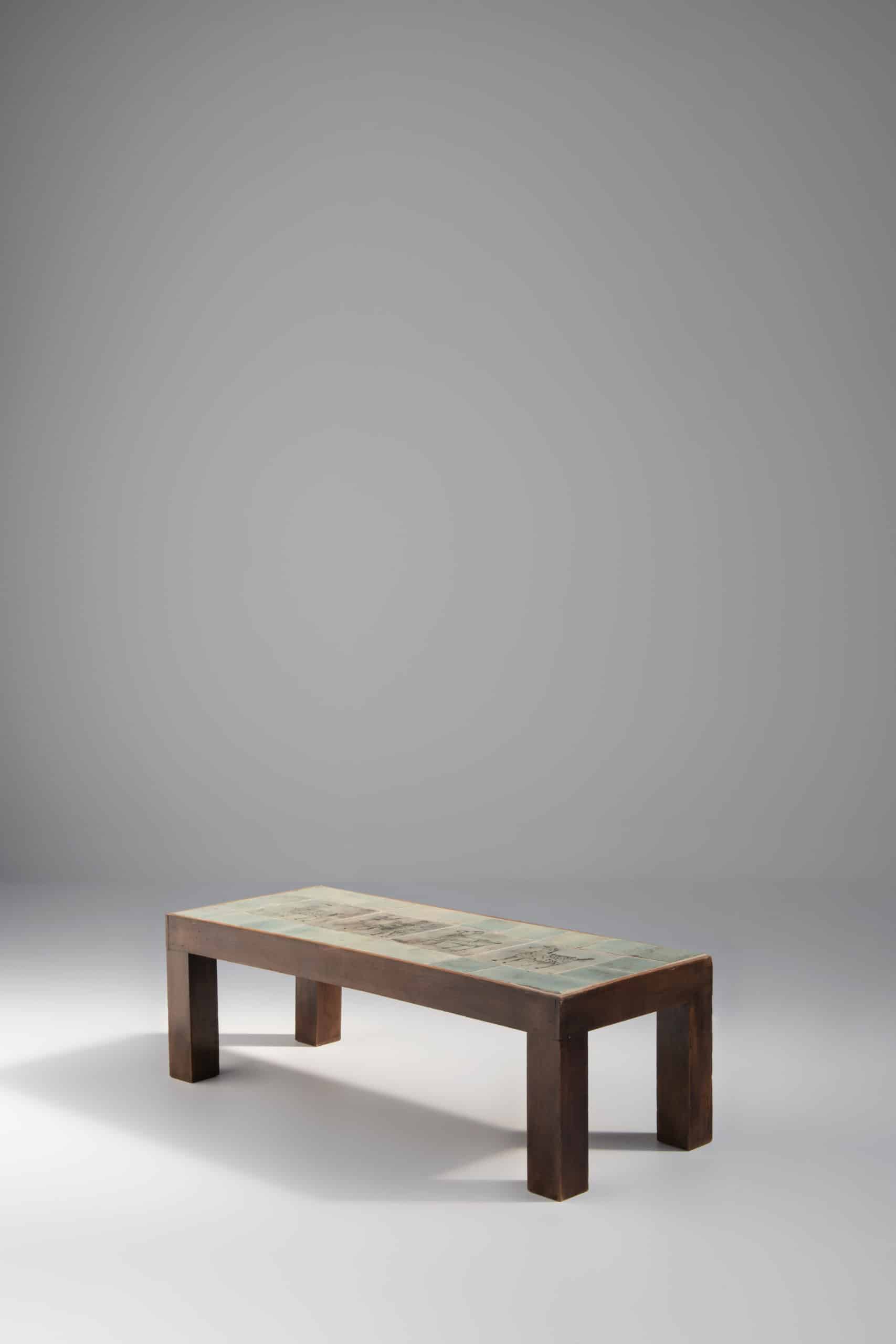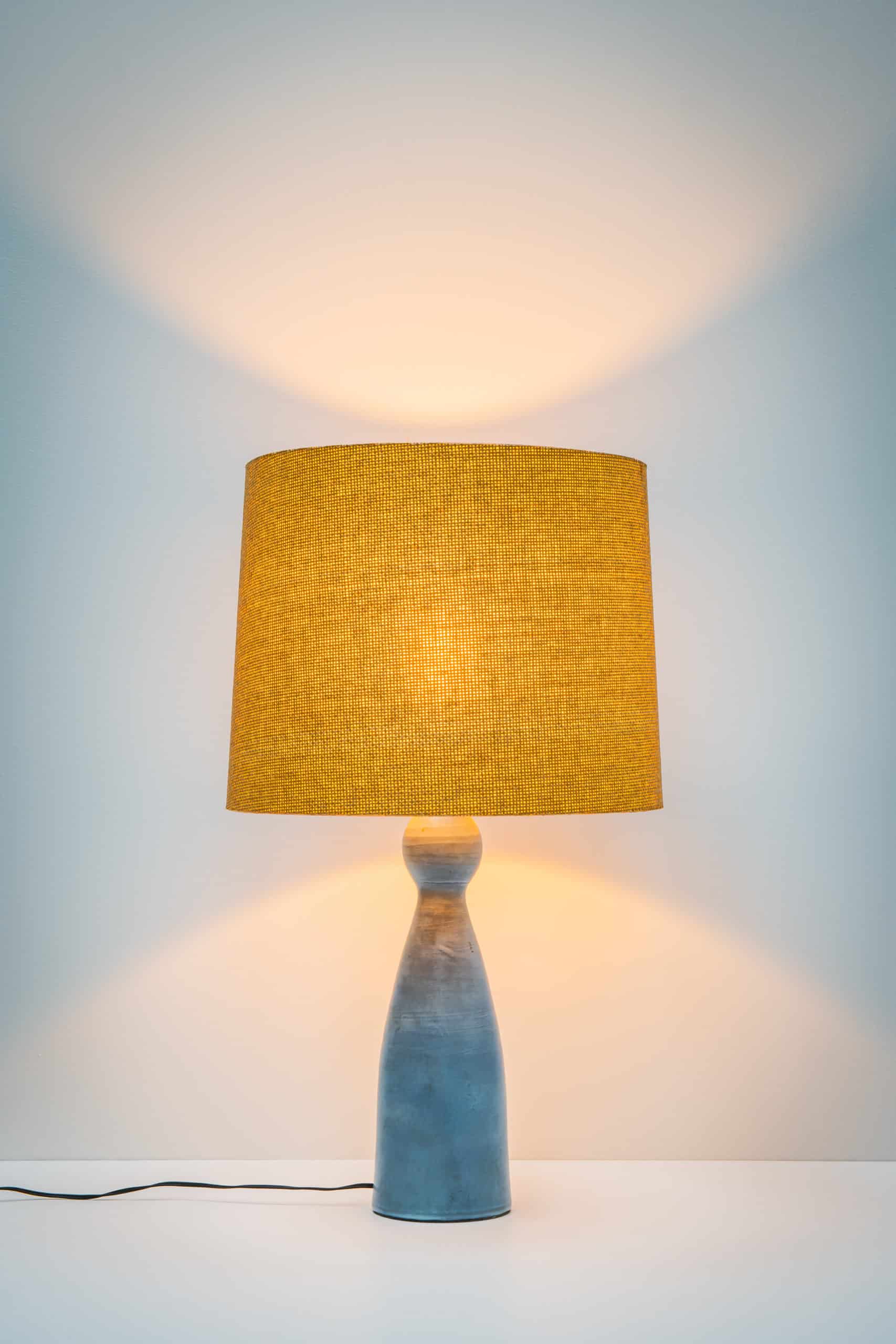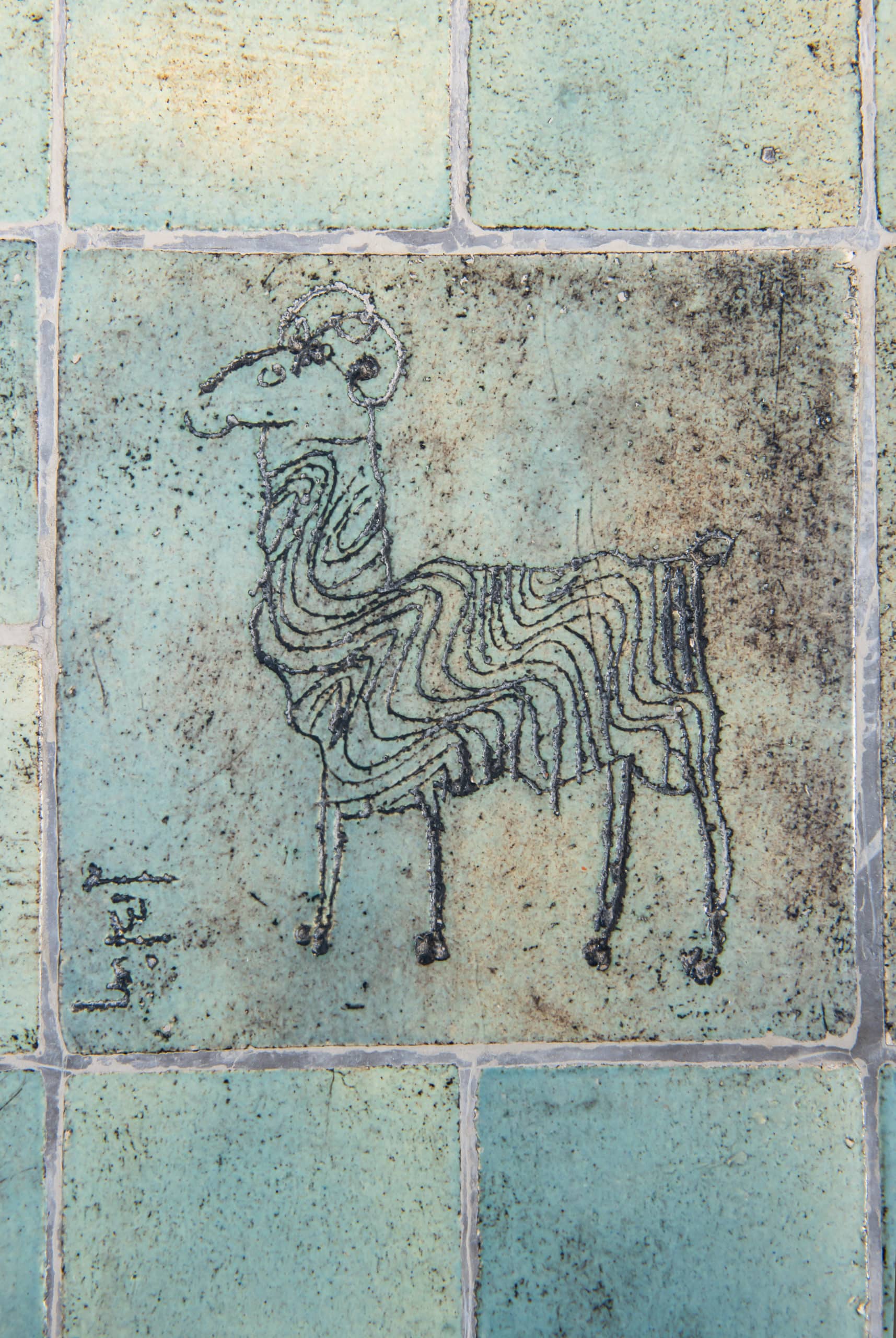Jacques Blin
1920 - 1995
Chronology
Jacques Blin was born in 1920 in Pierrefond, Oise. A graduate in Aeronautical and Automotive Industries, he initially worked as an engineer. In 1949, driven by his passion for visual arts and a desire for freedom, he created his first ceramic models while continuing his engineering career until 1954. His style is characterized by illustrations of birds, animals, and scenes of everyday life.
At the beginning of his career, Jacques Blin started making ceramic lighting fixtures in the popular style of the time. He invented lamps with fantastic shapes, as well as more classic designs that already displayed a subtle play of curves while maintaining axial symmetry.
Before 1955, Blin’s pieces were generally covered with a monochrome glaze without graphic ornaments, featuring dynamic, almost aerodynamic shapes inspired by living forms. Having mastered volume, he then focused on giving his decorations a visual identity that would mark his authorship. His encounter with the young painter Jean Rustin in 1955 helped define the future style of his production, combining glazing and engraving techniques: Jacques would imagine, and Jean would bring it to life. The artist's decorations featured a wild and fantastic bestiary, mythological legends, and scenes of everyday life. By inscribing drawings into the clay, he infused the object with thought, expression, and a breath of life.
This engraved design in a cloudy glaze brought Blin success and public acclaim, earning him the Bernard de Palissy Grand Prize in 1958 for his neo-prehistoric cave art.
While remaining faithful to his glazing and engraving technique, Jacques Blin gave his work continuity within diversity, thus demonstrating his independent spirit in a rapidly changing post-war society.
Reference:
Christine Lavenu, Jacques Blin, Céramiste & Porteur d'Histoire, Louvre Victoire edition, Paris, 2019.
